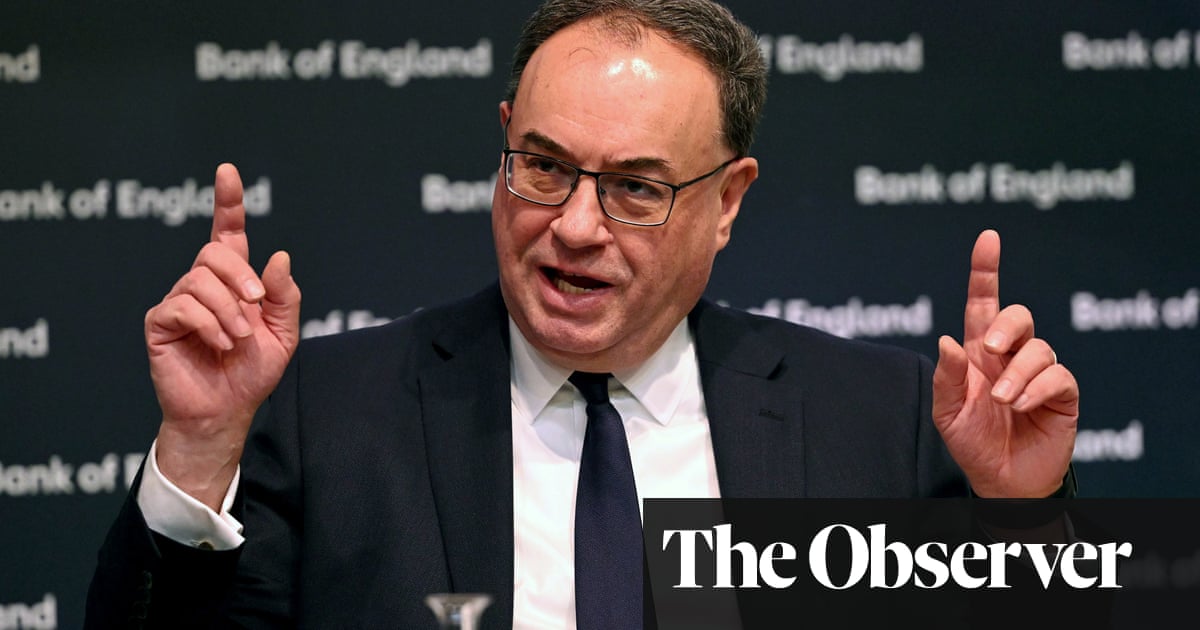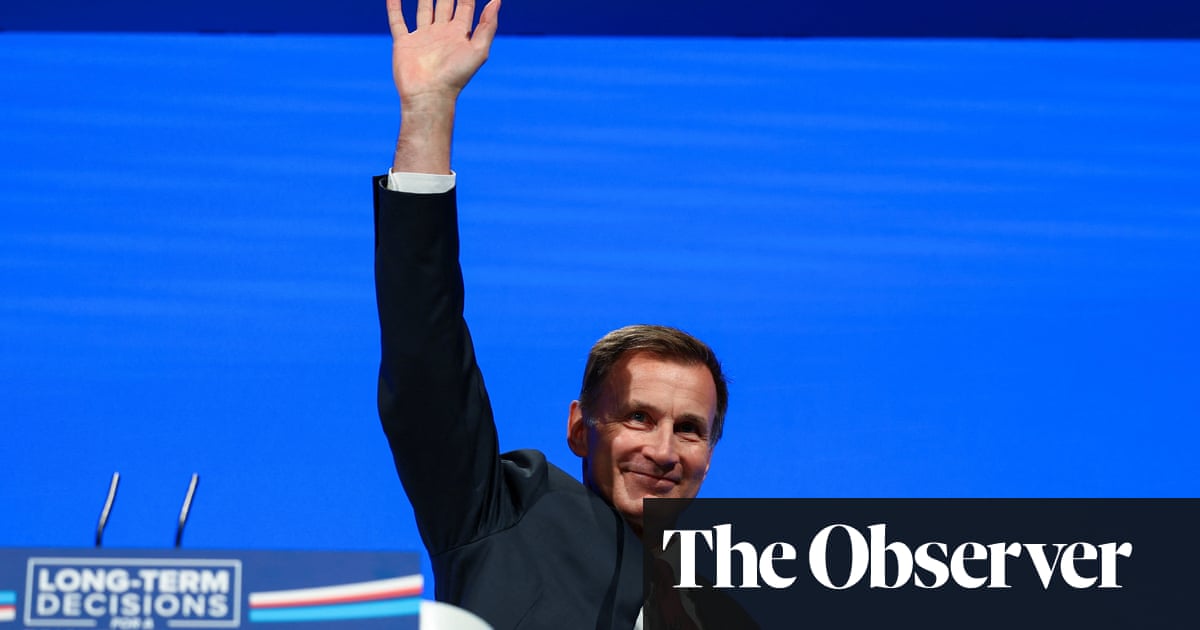
The Iranian rial recorded on Sunday a new drop against the dollar amid rising fears of a return of economic sanctions.
Three weeks from now, US President Donald Trump will be presenting a final position on the nuclear deal. The failure of the nuclear deal between Iran and the world powers, the Joint Comprehensive Plan of Action, JCPOA, to achieve its highly expected objectives is upsetting to the Iranian people.
Trump said in January that “disastrous flaws” in the agreement had to be fixed or Iran would face a US exit.
Since last year, the central bank has allowed the rial to depreciate gradually to compensate for Iran’s high inflation and to help to make exports more competitive.
But the drop has accelerated in the past few months, creating a problem for authorities who contained a wave of popular protests against economic hardship and corruption in December and January.
In Iran, the term toman is used to refer to their currency in unofficial conversations. Each toman is 10 rials, therefore, the dollar is now 5,200 tomans. Khomeini is pictured on the toman, just as George Washington is on the dollar.
The price of the dollar rose to 5,800 tomans, registering a whopping increase of 700 tomans in Tehran’s banking markets. On the other hand, the dollar in black markets increased 6,000 tomans, an even more dashing 14% increase within 24 hours, the first increase of this size under the reformist President Hassan Rouhani’s watch.
Prospects are grim for a long-term picture showing that the crisis deeply rooted and will not easily be resolved. No more than 21 days into 2018 dollar rates rose 25 percent, recording a 1,200 increase against dollar. But over the past six months, the dollar has increased by 2,200 tomans, equivalent to 45 percent. Since Rouhanis presidency kickoff in 2013, Iranian Rial rates rose up to 70 percent.
Many people are using social media to express their fury over what they are calling Rouhani’s campaign of “deceit and lies”.
Price hikes have reflected negatively on Iranians leaving them lined up in long ques in front of exchange markets to secure dollars amid growing doubts around the future of the economy with the threat of return to sanctions.
Fears of a turbulent economy resurfaced despite reassurances promised by Rouhani. The government hasn’t been fixed around speculations on price hikes over the past few days and said prices are false, in implicit defense of the need for higher prices.
Exchange rate increases are expected to bring home profits for the Iranian government treasury.
Parliamentarians on Sunday put Economy Minister Masoud Karbasian and head of the Central Bank up for questioning on the deterioration of Iranian currency prices.










